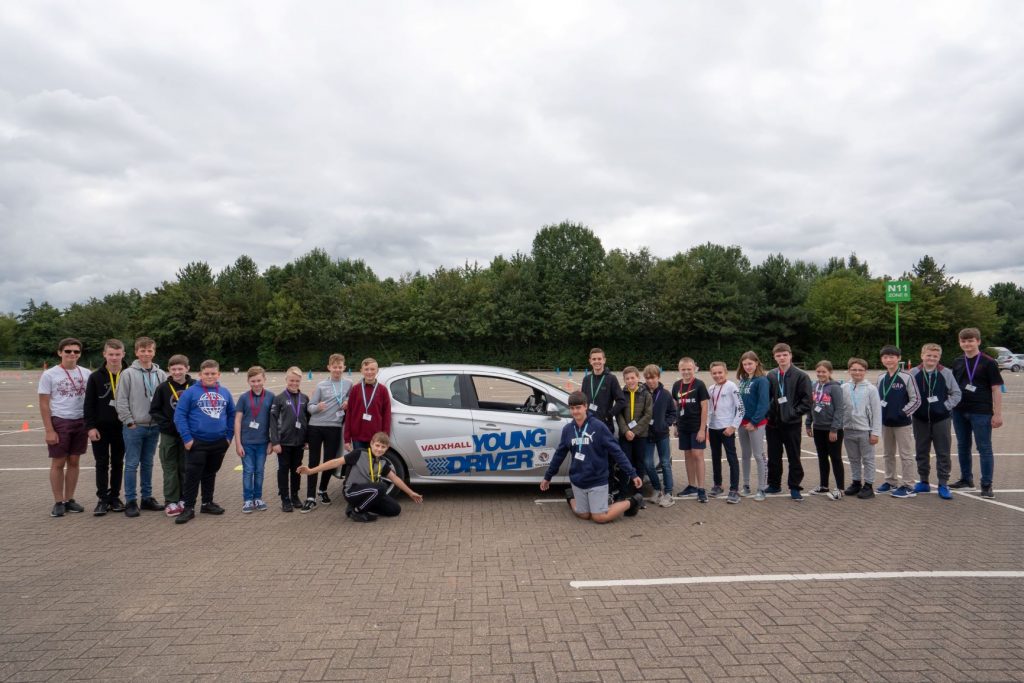MANY OF OUR READERS LEARNT to drive very young, often on farms or country properties. It was experience that has served them well for many decades, even though the driver training and test were far less onerous in those far off times.
When driving licences were originally introduced in Australia, there was no requirement to take a test at all. The first driving licence was issued in South Australia on September 10, 1906.
The legal age for be issued with a driver’s licence varies from State to State, usually between 17 (South Australia) and 18 years (most other States and Territories). In NSW, for example, you need to be at least 16 years of age to get a learner’s permit and pass a written driver knowledge test.
Two thirds of driving instructors surveyed by Young Driver (69 percent) in the UK (where 17 is the minimum driving age) admitted they felt youngsters learn better before they turn 17. The instructors are in a unique position to be able to compare groups, teaching both over 17s on the road and 10 to 17-year-olds at Young Driver’s 70-plus private venues across the UK. The scheme specialises in driving lessons and experiences for those not yet of a legal driving age, taking place on private property and with fully qualified instructors.
Young Driver also asked parents and newly qualified drivers themselves about learners’ attitudes to safety and risk at different ages. Eighty-two percent of 2400 parents questioned thought those aged 10 to 17 were more receptive to messages around risk and safety than over 17s. Over 400 past pupils of the scheme, who are now aged 17 and over, were also surveyed and 84 percent agreed they were more receptive to road safety messaging at a younger age.
Those opinions are evidenced by the fact that drivers who have undertaken pre-17 driving lessons with Young Driver are significantly less likely to have an accident in the critical first six months after passing their driving test than the national average – with statistics dropping from one in five to one in 29.

Sue Waterfield, head of marketing at Young Driver, explains: “There are of course sensible reasons we don’t want young people driving on the roads before they reach 17. But that doesn’t mean they can’t start learning to drive before that age. We see it at all of our events – younger children are sponges who soak up all the practical information about how to physically drive, but they’re also very alert to the safety aspects of driving. You can take your time and really help them to feel comfortable with the controls of the car and things like braking distances and blind spots, before they get anywhere near a real road. Then at 17, on the roads, they can focus much more on how to drive safely around other road users. It also helps reduce the time and money spent on tuition once they are old enough to get their provisional licence and take their test.”
Three quarters of the instructors surveyed (74 percent) said those who had pre-17 driving tuition usually need fewer on-the-road lessons. Seventy-nine per cent of instructors felt they could teach more in an hour at a private Young Driver venue than an hour spent on the road.
Driving instructor Anaya Saddall explains: “When you’re teaching someone aged 17/18, they are not always ‘in the car’ for much of their lesson time. Their minds may not be focused on driving, they are thinking about other stuff – be it work or exams, friends, social media or what they’re doing that evening. Younger kids concentrate and focus – when you deliver a driving lesson to a 12-year-old, you can see that their mind is focusing 100 percent on driving. They are in the moment, not thinking of other things. That’s one reason they often learn more in half an hour than 17-year-olds learn in an hour! The older age group also tend to have more preconceived ideas from parents and peers which can add complications.”
When did you learn to drive? And did you have to sit a test?
